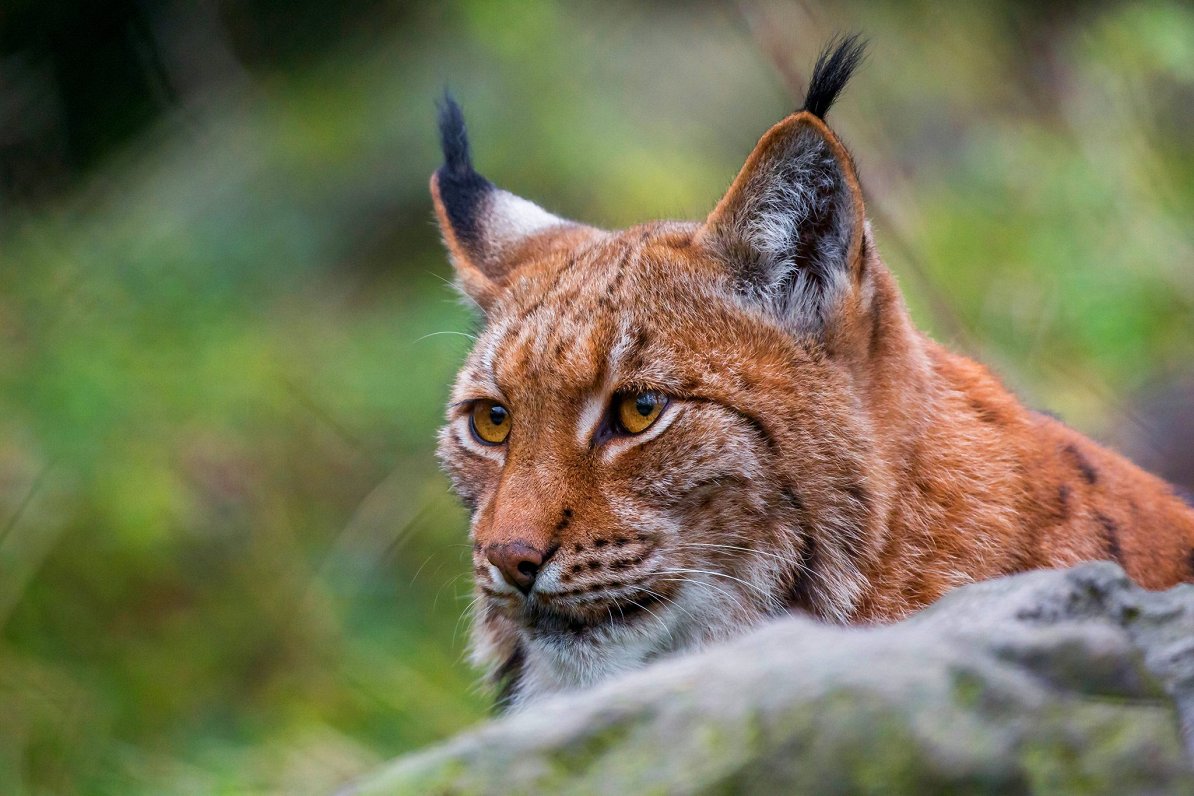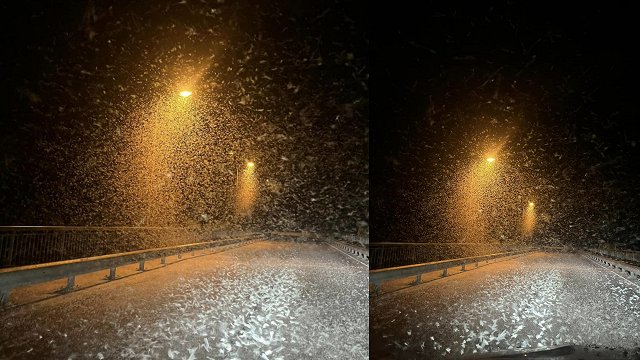State Audit Office has highlighted shortcomings in lynx population records in the audit of game species management. Inga Vilka, member of the State Audit Board, pointed out that currently the data collected by VMD on the number of lynx in Latvia is not reliable or verifiable and can be manipulated, for example, when calculating the quota of animals to be hunted.
According to VMD, lynx are not currently endangered in Latvia and should be kept on the list of game animals. However, experts and researchers agree that monitoring of animal numbers should be improved..
According to data from VMD, there were 1578 lynxes in Latvia in 2018 after the hunting season, and the auditors did not gain confidence in these data during the audit. In addition, Latvia has been granted an exception to the lynx hunting permit when entering the European Union on the basis of these data. Meanwhile, other data, which are expert data or assessment, show a smaller number of animals - the number of lynx in Latvia was nearly three times lower (450 – 650). The audit also mentions the details of the special monitoring of the “Silava” forest science institute, which, compared to the GMD data, shows even eight times lesser number of lynx, namely 190.
The institute's researcher, the zoologist Janis Ozolins, pointed out that these data are not comparable to each other because the methodology is very different. “Comparing these figures without specific comments is not correct. As regards the special monitoring of “Silava”, this applies only to the lynx that have been hunted. There are average, maximum value figures and then all statistical probabilities. And of course it's not the whole number of lynx. It cannot be attributed to the size of the population as a whole,” Ozolins said.
The head of the VMD Hunt, Valters Lūsis, also explained that the report compared the data in an incorrect manner. He also confirmed that the estimated size of the lynx population of 1600 animals is only an assessment based on surveys, the sex and age structure of the lynx hunted and on observations recorded and submitted in nature.
However, the zoologist Janis Ozolins agrees with the conclusion of the State Audit Office that it is not known what the actual number of lynx is. However, no more accurate accounting method has been established. It is not funded or given the task of clarifying the number of lynx from the State more precisely. At the same time, the conservation plan indicates that there is currently a lack of information on the population of lynx obtained by non-invasive methods.
"We should have some of the most basic evidence of lynx presence in nature during the rest of the year, which is not hunting season. And there are a variety of technical options right now. One of the most widespread internationally is automatic cameras that lock in passing animals. But you need a synchronized network of cameras and a system. Cameras may already be in the hands of hunters, but those data are not analyzed and collected in a single system. Certainly, before we eliminate the previous population-determining system, a new one should be built. As a scientist, I stress that lynxes are not currently endangered in Latvia. On the other hand, whether to hunt or not, it is a political decision. "





























